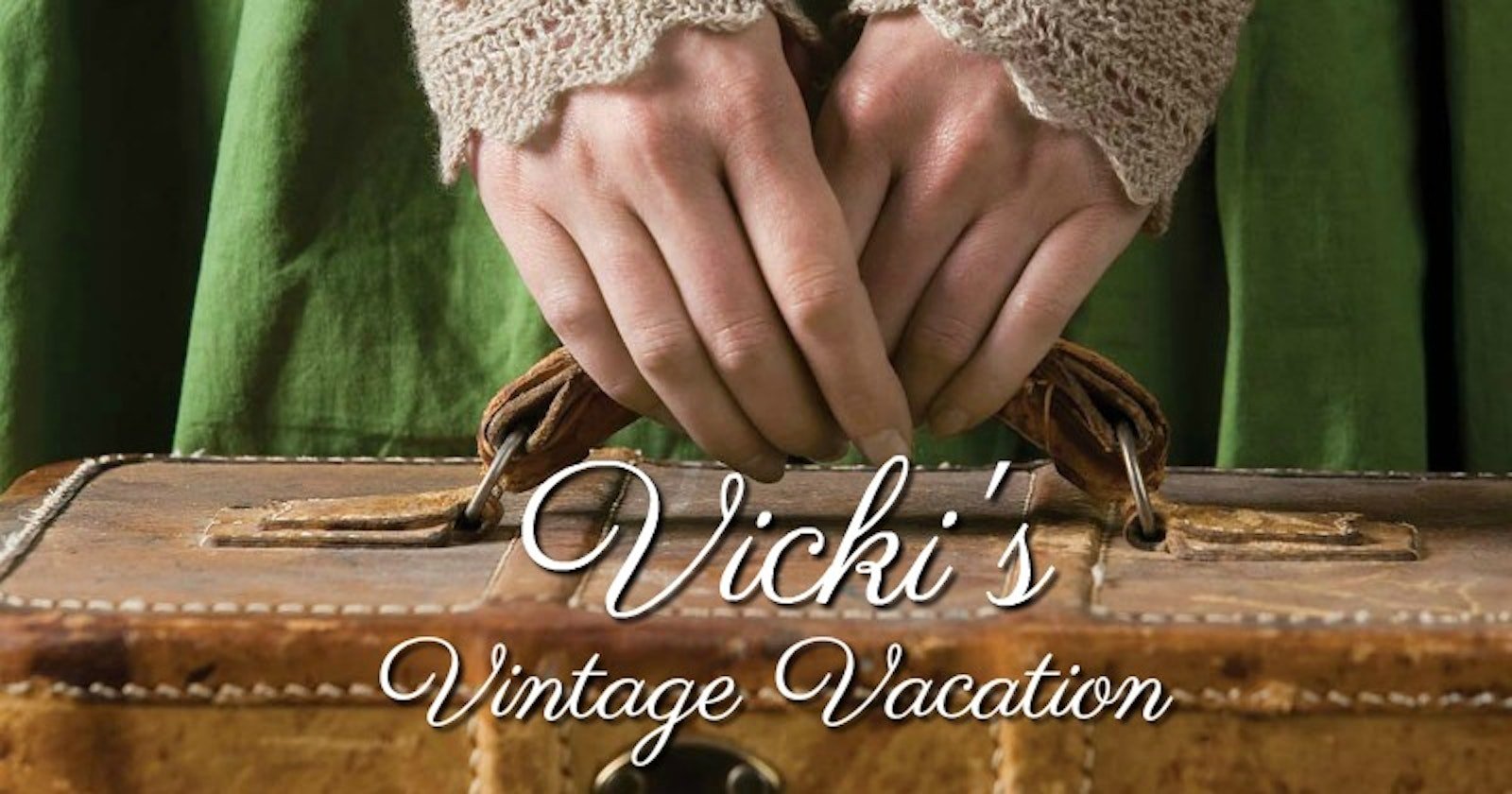Lace trim is a lovely way to personalize a garment or an accessory. Knitting various Victorian lace patterns in a swatch size is a quick and fun way to try something new and then be able to let your imagination run a creative path to a new use.
Weldon’s Practical Needlework is full of knitted-lace edgings to play with. I discovered a geometrically simple trim in Volume 2, Practical Knitter Fifth Series, on page 13, called “Edith Lace.” This one attracted me because of its evenly presented grid of openwork. Sometimes, the curvilinear repeating motifs in lace patterns can be too much visual texture, however beautiful they may be. Did a woman named Edith invent this? I prefer to think so. A sturdy lace from a woman with a sturdy name—no equivocating.
Illustration of “Edith Lace” from Weldon’s Practical Needlework, Volume 2.
I knitted a swatch using a light sportweight wool yarn on a size 2 (2.75 mm) circular needle. It is only an 8-row repeat, so you can have it well in mind in no time. In this text “make 1” means to yarn over, resulting in lace eyelet holes. To cast on in the middle of the row, I used a simple or backward-loop cast-on, to allow the larger holes near the bottom sawtooth edge to stretch larger as I blocked the piece. “Plain” means knit. Other than that, the instructions are pretty straightforward. Weldon’s patterns were printed as a single paragraph, regardless of the length of the instructions. I made them more like a modern pattern here; otherwise, no changes were made.
Cast on 17 stitches.
Knit a plain row.
1st row: Slip 1, knit 3, make 1 and knit 2 together five times, cast on 4, knit 2 together, knit 1.
2nd row: Knit 20.
3rd row: Slip 1, knit 13, knit 1 and purl 1 in each of the next 4 stitches, knit the 2 last.
4th row: Knit 24.
5th row: Slip 1, knit 3, make 1 and knit 2 together five times, knit 10.
6th row: Plain.
7th row: Plain.
8th row: Cast off 7, knit 16.
Repeat from the first row for the length required.
Vicki’s swatch of “Edith Lace.” Photo by Vicki Square.
Before blocking, each point of the sawtooth edge is quite curved. I needed to pin each point to block it straight down. A larger needle with my sportweight yarn may have lessened the exaggerated curves; even so, lace always needs blocking to open up the fabric and to display the texture to its best advantage.
Where to use the new border? How about on the lower edge of a plain or lightly patterned sweater, the lower edges of sleeves, or as a lovely finish on a shawl or an afghan. You could make “Edith Lace” with a fine cotton thread and suitable size circular needle for openwork, and attach it as a border to the short ends of a fabric table runner. For a historic flavor, make a linen or cotton batiste handkerchief and knit a fine cotton lace to border all four finished edges. Then you’ll want to embroider a monogram or flower motif in the corner. And then you’ll want to make another . . .
Take a trip now on a flight of fancy, and see where your ingenuity will lead!
—Vicki
Read more posts from Vicki in the Vicki’s Vintage Vacation series.



